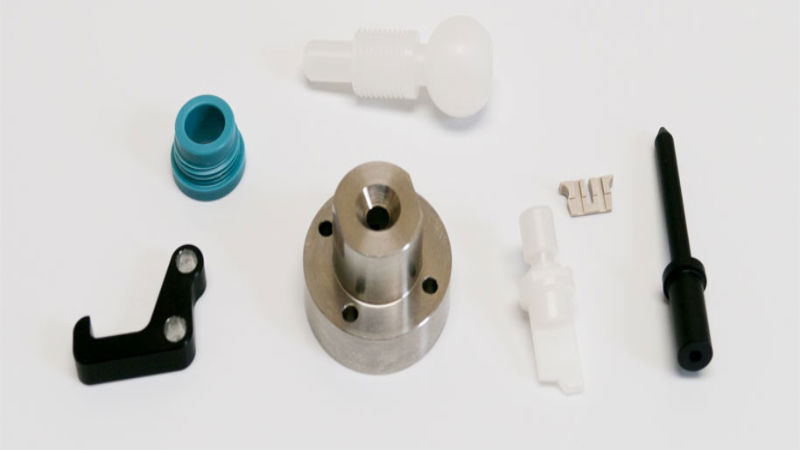We use the word drilling a lot, but do we know what the process entails? Drilling is, essentially, a cutting process whereby a drill bit is used to cut or enlarge a hole in a piece of a solid material. Although it sounds like a pretty simple process, there are still lots of elements that go into a drilling operation and many different types. Keep reading to learn more about this process and how exactly it works.
How Does Drilling Work?
As previously mentioned, the cutting process of drilling begins with the drill bit, which is a rotary cutting tool, often multipoint. This bit is then pressed against the metal workpiece and then rotated at incredibly high speeds. The rate of rotation varies from hundreds to thousands of revolutions per minute. This forces this cutting edge against the piece of metal, which then cuts off chips from the hole as it’s drilled. It is possible to cut non-circular holes in cross-sections; you’ll just need specially shaped bits. Cutting fluid is often used during the process to cool the drill bit, as well as increase tool life and aid in ejecting the chips.
How To Select the Right Drill
Selecting the right drilling operation for the job hinges on quite a few elements. You must keep in mind the material you are drilling, the size of that material, and the size of the drilled hole that you need. You’ll also need to make sure that the drill has the proper lip angles and clearances for the job. It’s also important that the shank of the drill is clean and free of burrs. Drills tend to wear out on the outer edges and chisel point, but can be re-sharpened if necessary.
What Can Be Drilled
Drilling is normally used on various types of metal, including brass, stainless steel, aluminum and more. However, it can also be used to cut wood. As wood is much softer than metal, the process is much easier and faster. The cut may not be as clean, however. Drilling is also used on materials like plastics, as well as a few other non-metals.

